I have a map of values for a specific grid:
X Y Z Value
0.555 0.334 0.472 1.361
0.674 0.729 0.711 2.114
0.538 0.982 0.886 2.406
0.775 0.279 0.789 1.843
0.292 0.206 0.984 1.482
I would like to convert the values (using same kind of interpolation method) into a pre-existing grid:
X Y Z NewValue
0.721 0.824 0.974
0.244 0.982 0.813
0.239 0.288 0.961
0.885 0.439 0.308
0.344 0.006 0.554
for example in 2D: the new values:
X Y Value
0.429 0.714 1.142
0.583 0.826 1.409
0.309 0.872 1.182
0.563 0.096 0.659
0.924 0.947 1.872
the old, pre-existing grid:
X Y
0.595 0.928
0.426 0.800
0.974 0.527
0.864 0.398
0.915 0.816
the orange dots will be converted to the new blue dots.
Thanks in advance

